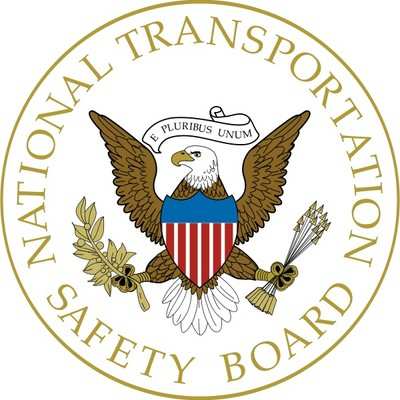Conditions At The Intended Destination Airport Were 1/4 Statute Mile Visibility And Fog With Ceilings Broken At 200 Ft And Overcast At 1,900 Ft
Location: Irene, SD Accident Number: CEN24FA295
Date & Time: July 31, 2024, 07:20 Local Registration: N903US
Aircraft: Piper PA-28-180 Injuries: 1 Fatal
Flight Conducted Under: Part 91: General aviation - Personal

On July 31, 2024, about 0720 central daylight time, a Piper PA-28-180 airplane, N903US, was destroyed when it was involved in an accident near Irene, South Dakota. The pilot was fatally injured. The airplane was operated as a Title 14 Code of Federal Regulations Part 91 personal flight.
The pilot held a private pilot certificate for single-engine airplanes and did not have an instrument rating. No flight plan had been filed and the pilot was not in contact with air traffic control. It was reported that the airplane was being flown from Joe Foss Field Airport (FSD), Sioux Falls, South Dakota, to Chan Gurney Municipal Airport (YKN), Yankton, South Dakota, to have maintenance performed.
A review of the weather data around the time of the accident showed that conditions at the intended destination airport were 1/4 statute mile visibility and fog with ceilings broken at 200 ft and overcast at 1,900 ft. According to Automatic Dependent Surveillance-Broadcast (ADS-B) data, the airplane departed from Joe Foss Field Airport, Sioux Falls, South Dakota, at 0701. The airplane proceeded on a predominantly southwest heading at 3,700 ft mean sea level (msl). At 0718, a descent began and continued until the last recorded data point at 0720:52. During the final minute of recorded data, the airplane made a descending left turn to the south followed by a descending right turn when the data ended. The final data point was about 400 ft east of the airplane’s final resting point.
The airplane came to rest in an agricultural field on a south heading. A postimpact fire ensued and consumed the cockpit and most of the forward fuselage. The main wreckage was about 100 ft west of a north-south gravel road, and broken tree limbs were found to the east that bordered the road. All structural components and flight control surfaces were located along the wreckage debris path or amongst the main wreckage.
The left wing remained intact and attached to the fuselage and had extensive fire damage to the inboard end. The left flap and aileron remained connected to their respective attach points on the wing. The right wing was separated from the fuselage and found next to it, with outboard end displaced rearward. About 4 ft of the outboard right wing, was separated and found on the opposite side of the road. The separated portion of wing had a semi-circular dent in the leading edge consistent with a tree strike. There were small pieces of tree limb fragments within the wing leading edge skin. The right flap remained attached to the larger inboard portion of the right wing. The aileron remained partially attached to the larger portion of the right wing. The flaps were found in the retracted position.
The fuselage exhibited extensive fire damage with most of the cabin structure consumed by the postimpact fire. The firewall exhibited rearward crushing. The aft fuselage was partially intact with thermal damage. The empennage remained attached to the fuselage with all control surfaces. The vertical tail, rudder and left horizontal stabilator had no damage except that from the postimpact fire. The right side of the horizontal stabilator had extensive thermal damage and appeared to be bent downward at the leading edge.
Post accident examination revealed that there were no anomalies found with the engine would have precluded normal operations. The propeller exhibited chordwise scaring, S-shape bending, and leading edge gouging, consistent with power production at the time of impact. Flight control continuity was established to the extent possible with the condition of the wreckage. All flight control cables remained attached from their respective control surfaces to the cockpit except for a single break in the aileron drive control cable. The break was about 3 inches from its attachment to the cable near the control column. The break was consistent with overload damage.
 NTSB Prelim: Cirrus Design Corp SR20
NTSB Prelim: Cirrus Design Corp SR20 ANN's Daily Aero-Linx (11.30.25)
ANN's Daily Aero-Linx (11.30.25) ANN's Daily Aero-Term (11.30.25): Wind Shear Escape
ANN's Daily Aero-Term (11.30.25): Wind Shear Escape Aero-News: Quote of the Day (11.30.25)
Aero-News: Quote of the Day (11.30.25) Airborne 11.26.25: Bonanza-Baron Fini, Archer v LA NIMBYs, Gogo Loses$$$
Airborne 11.26.25: Bonanza-Baron Fini, Archer v LA NIMBYs, Gogo Loses$$$



